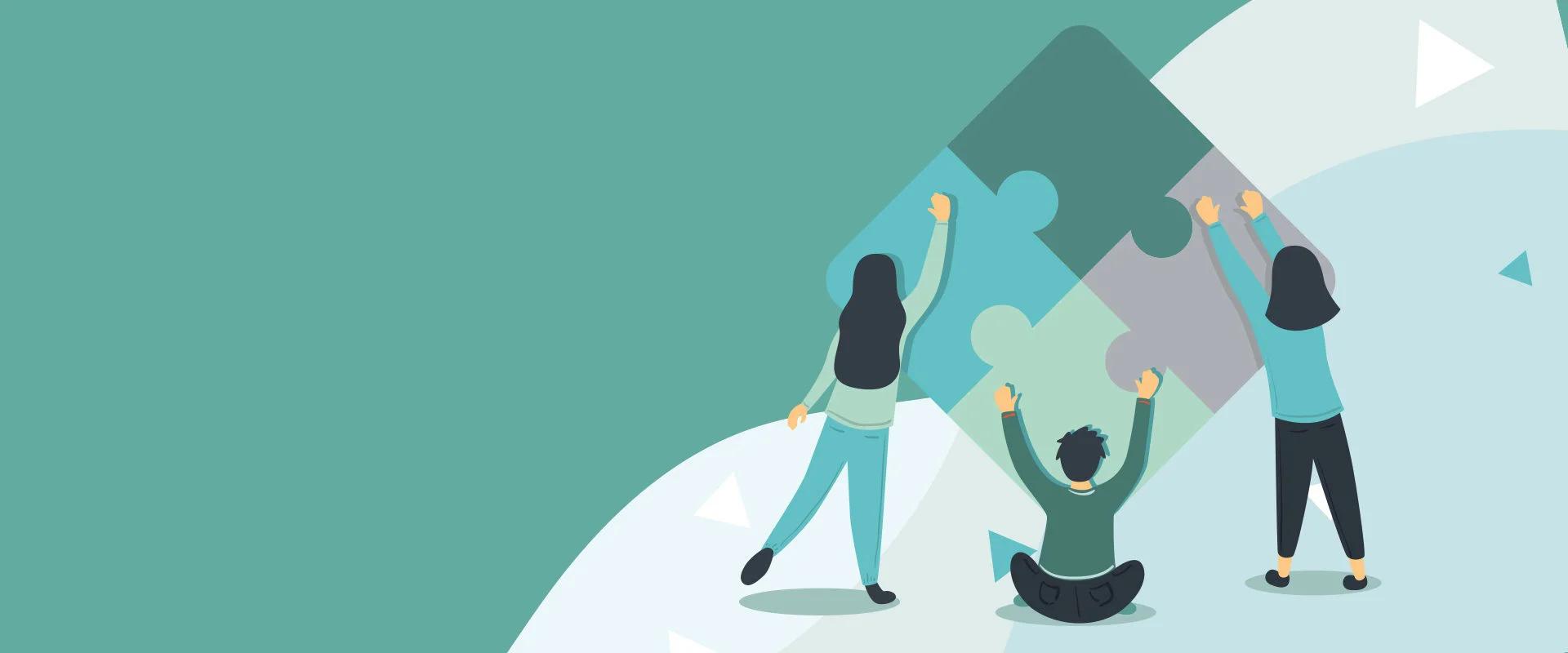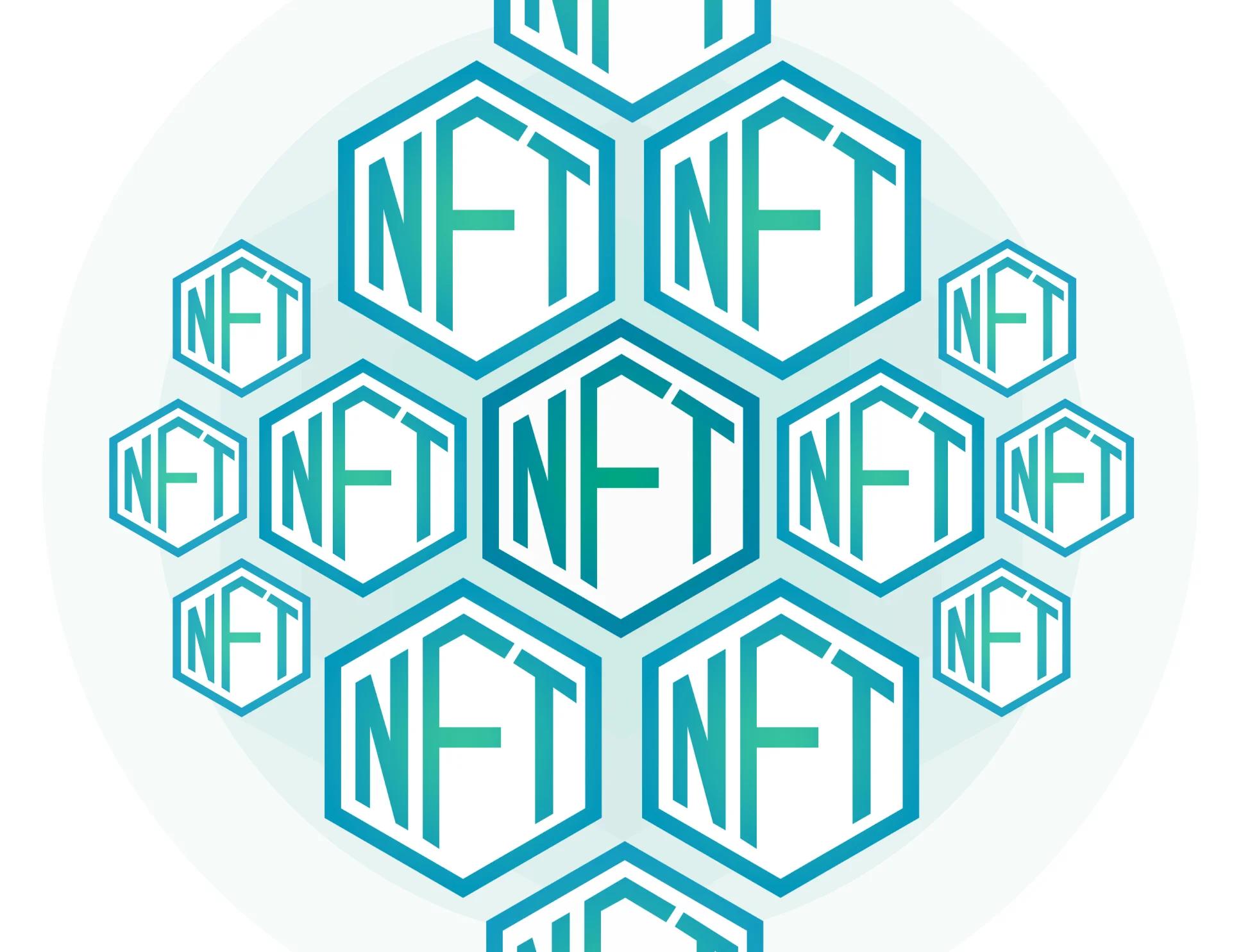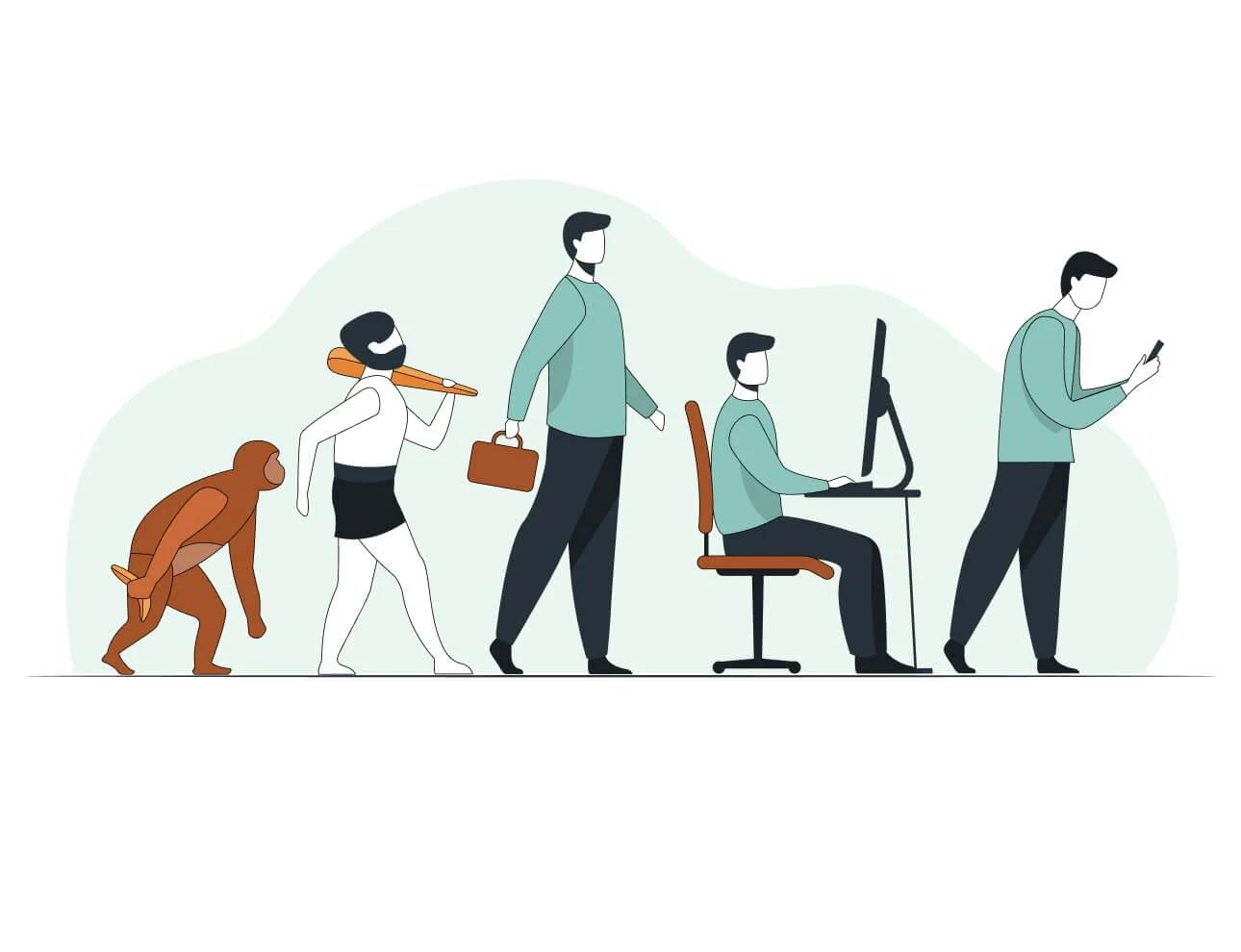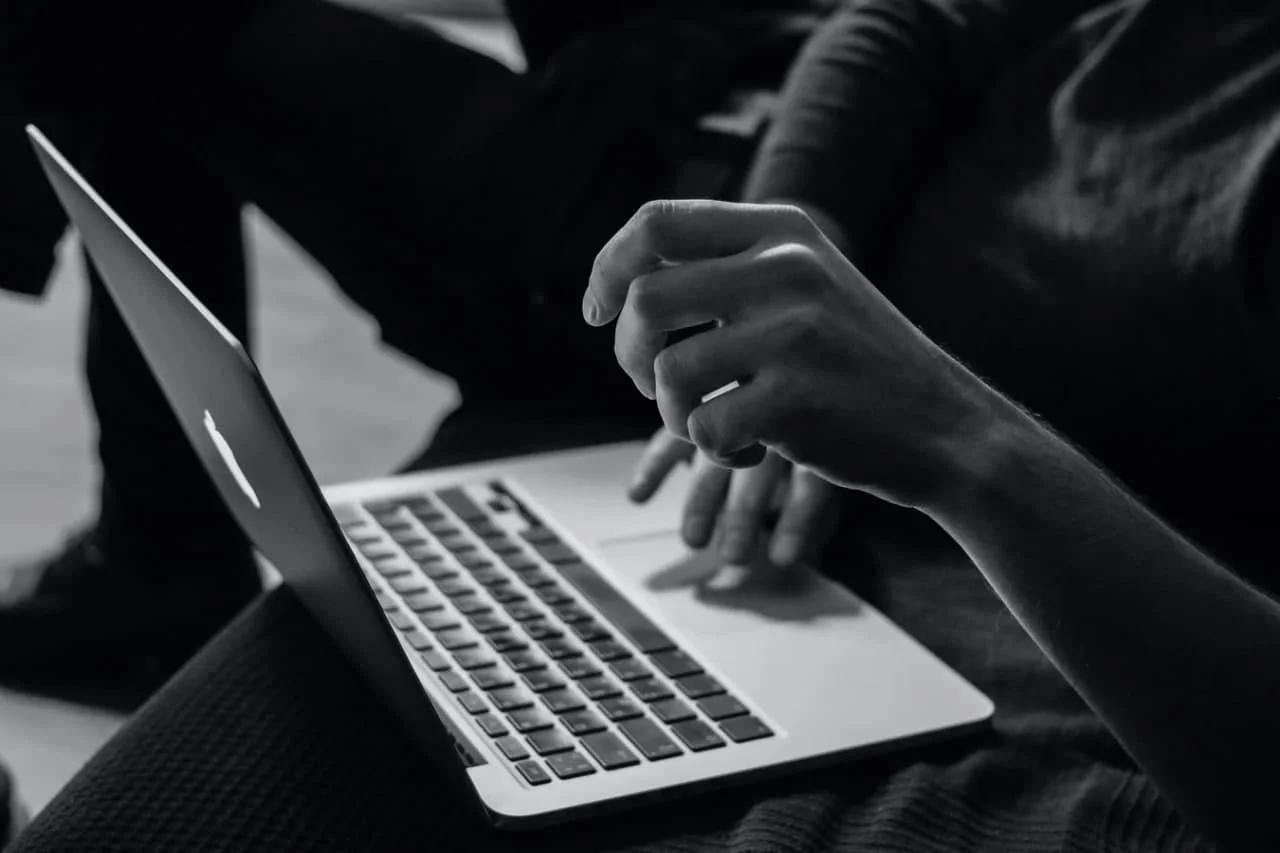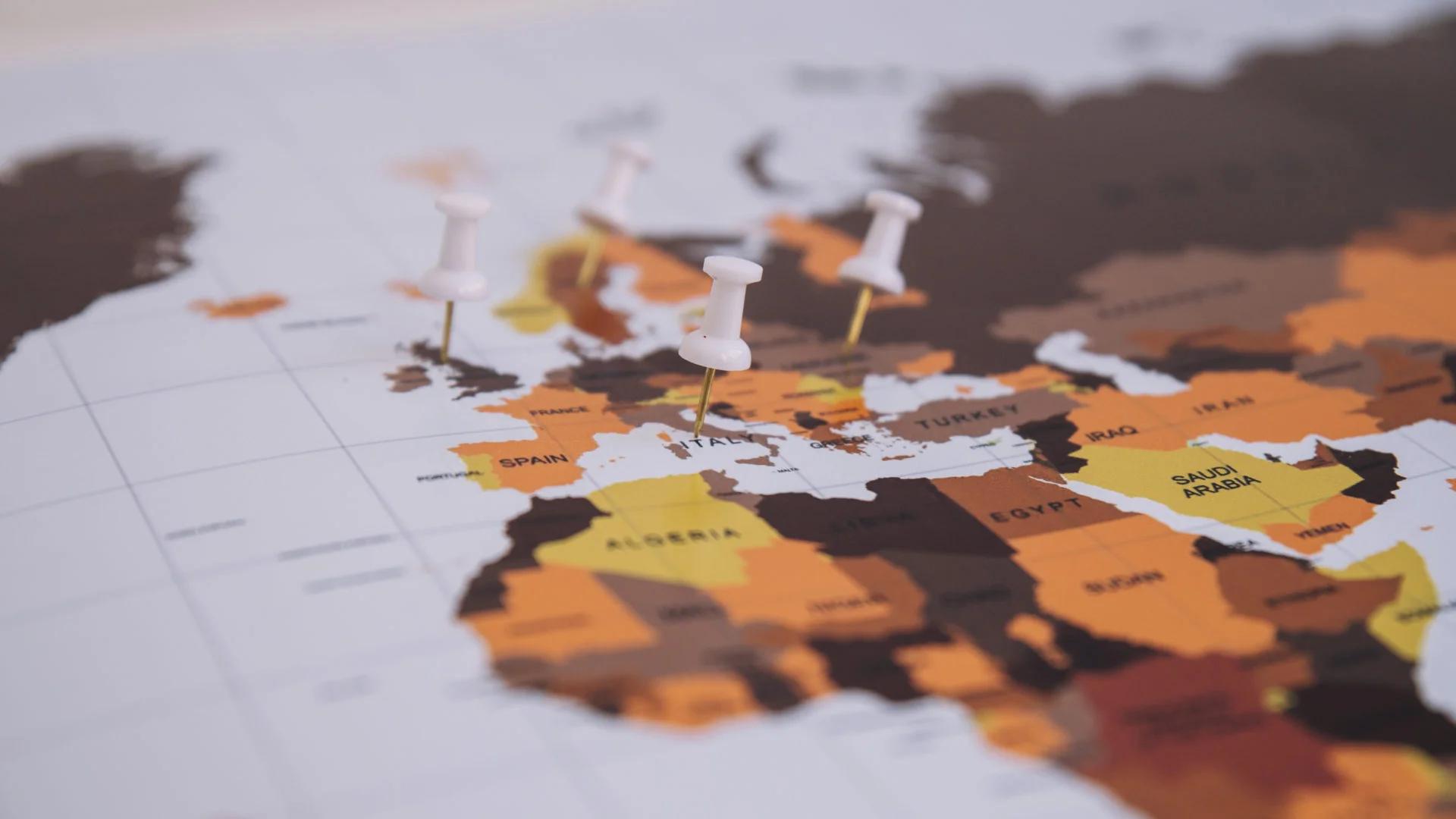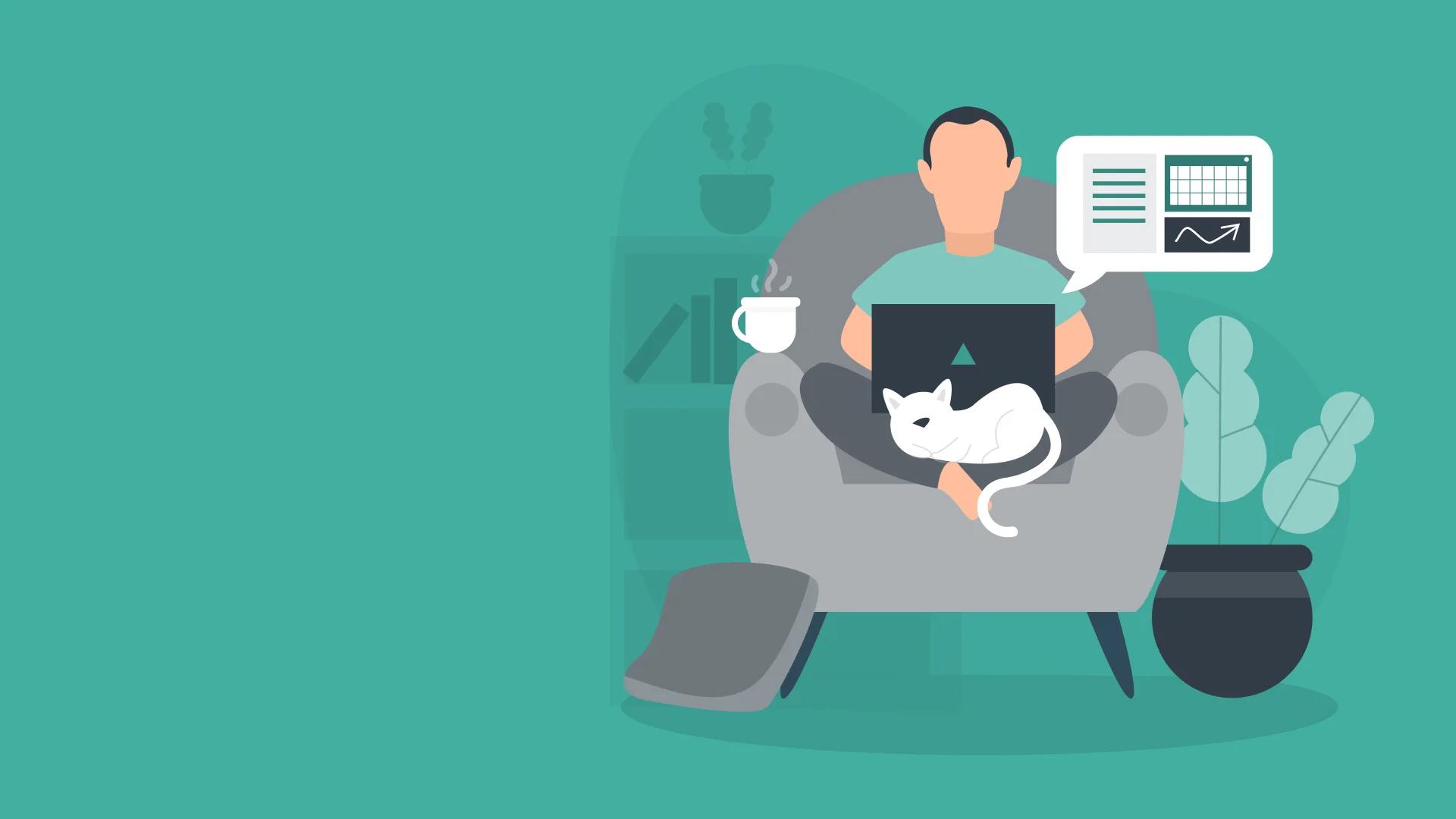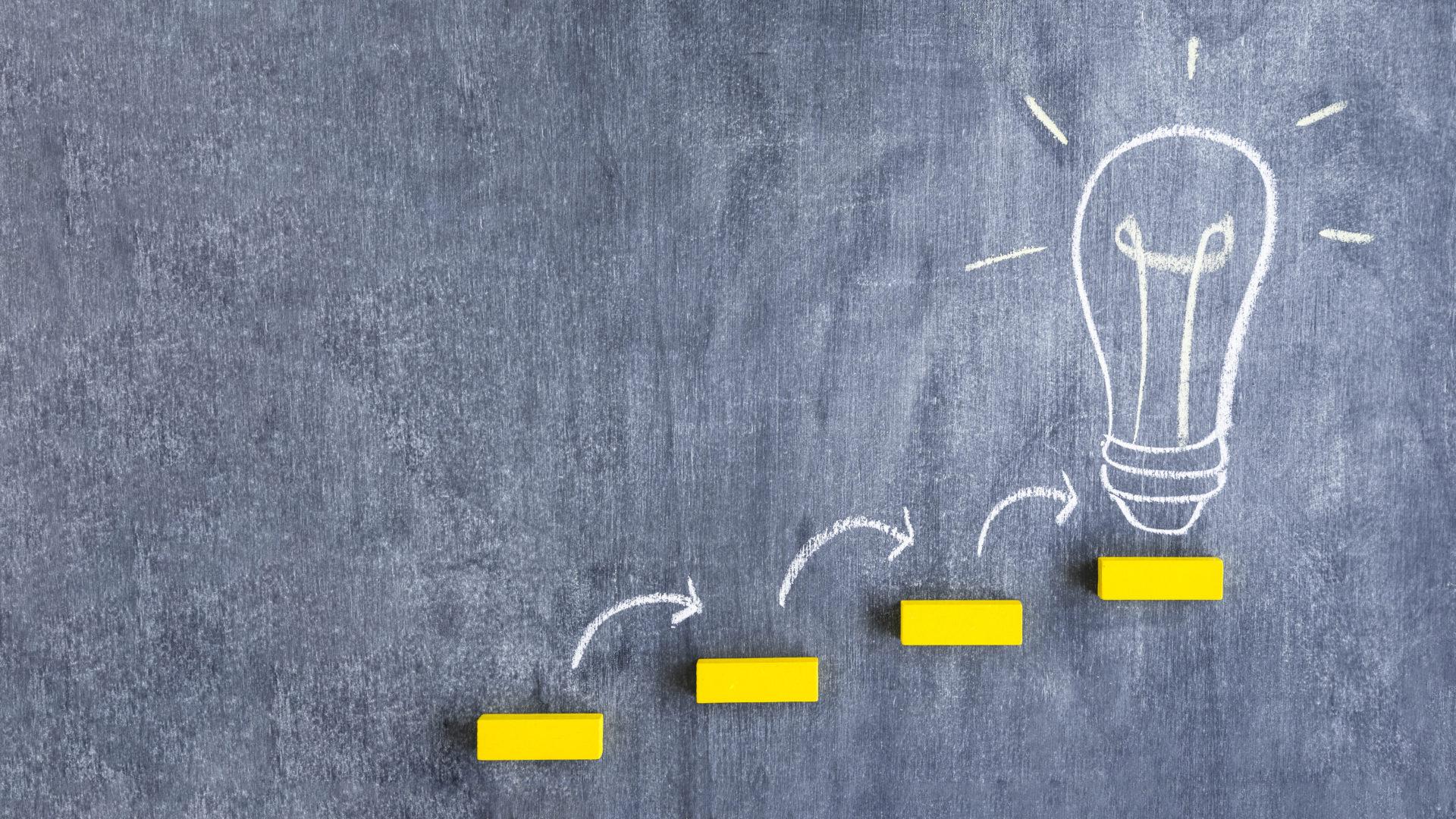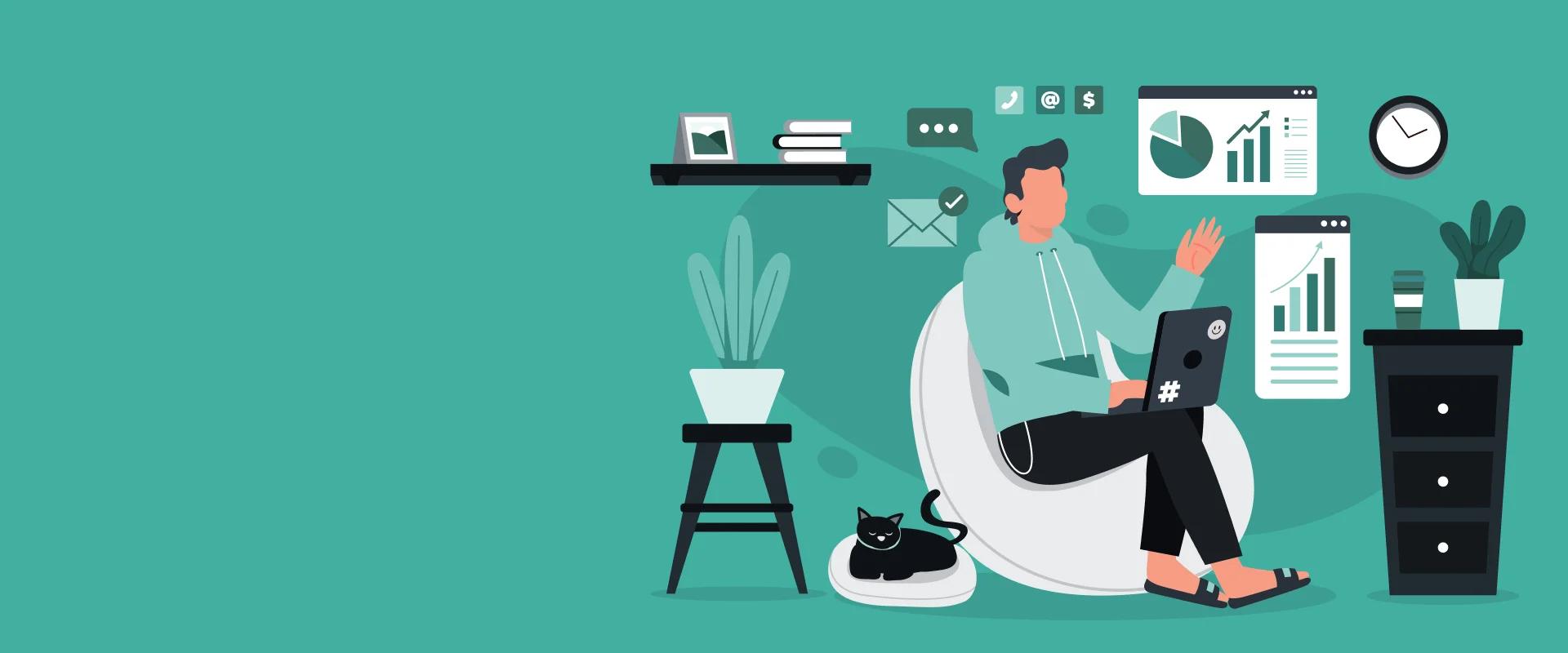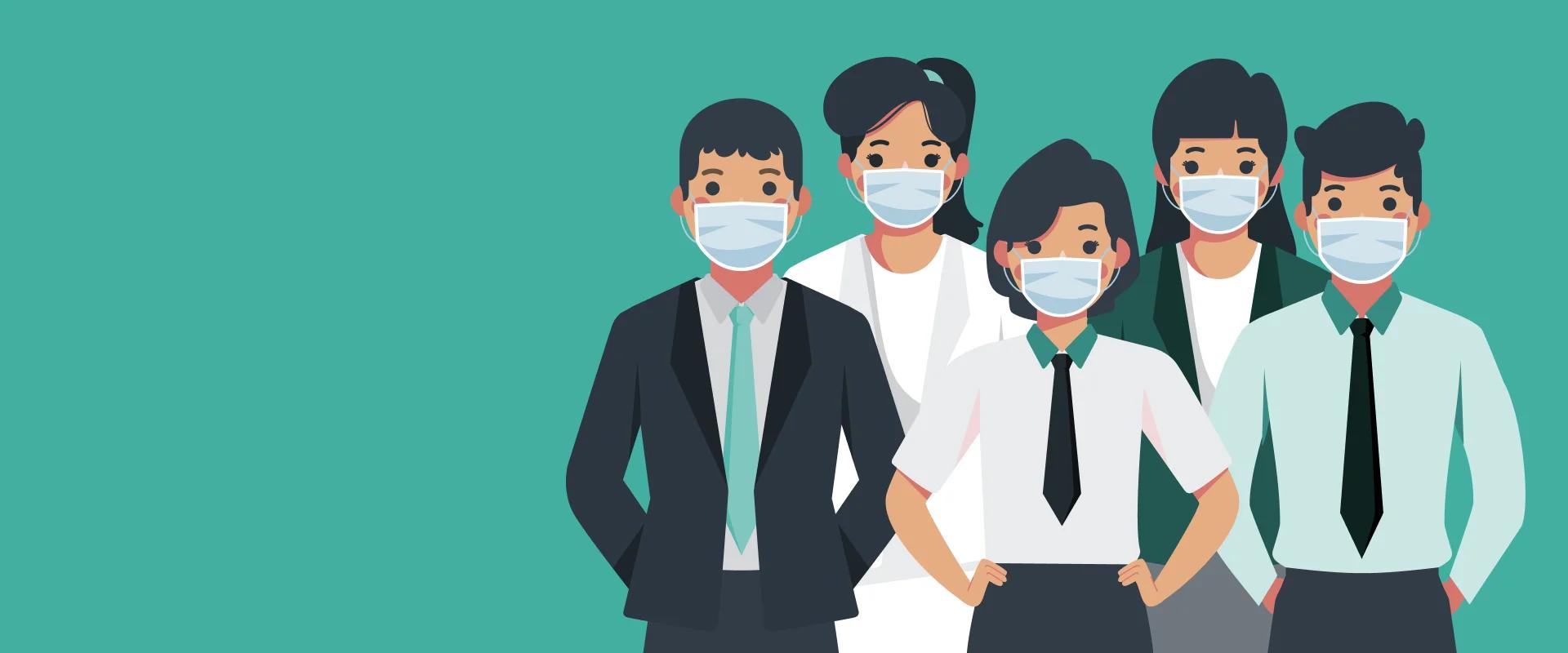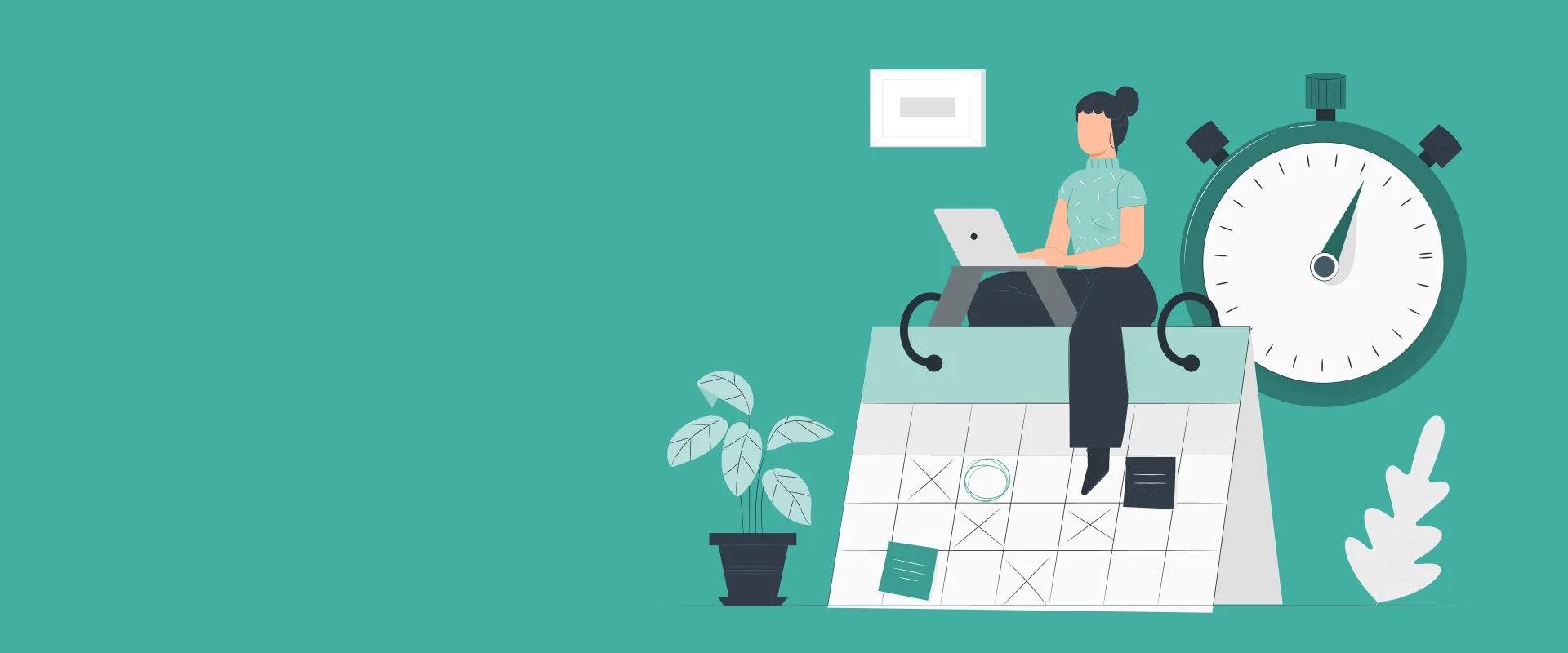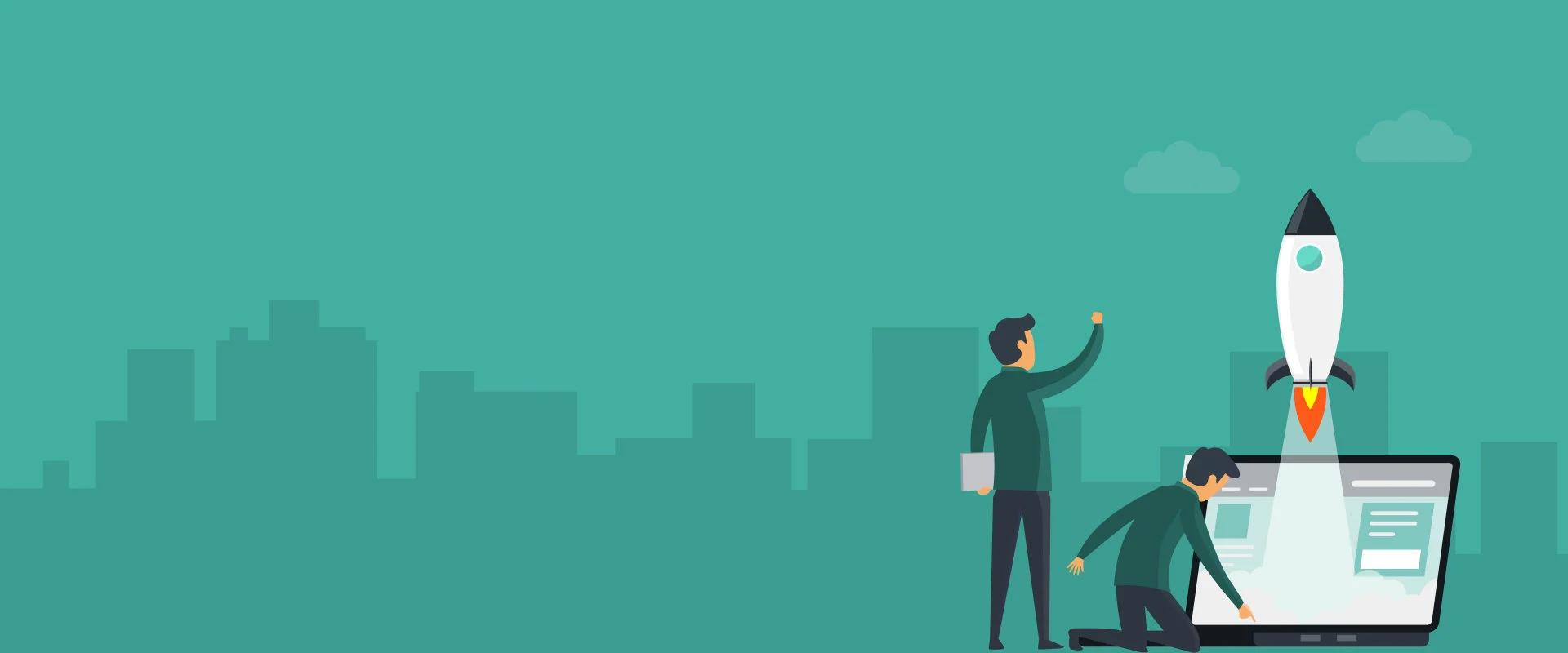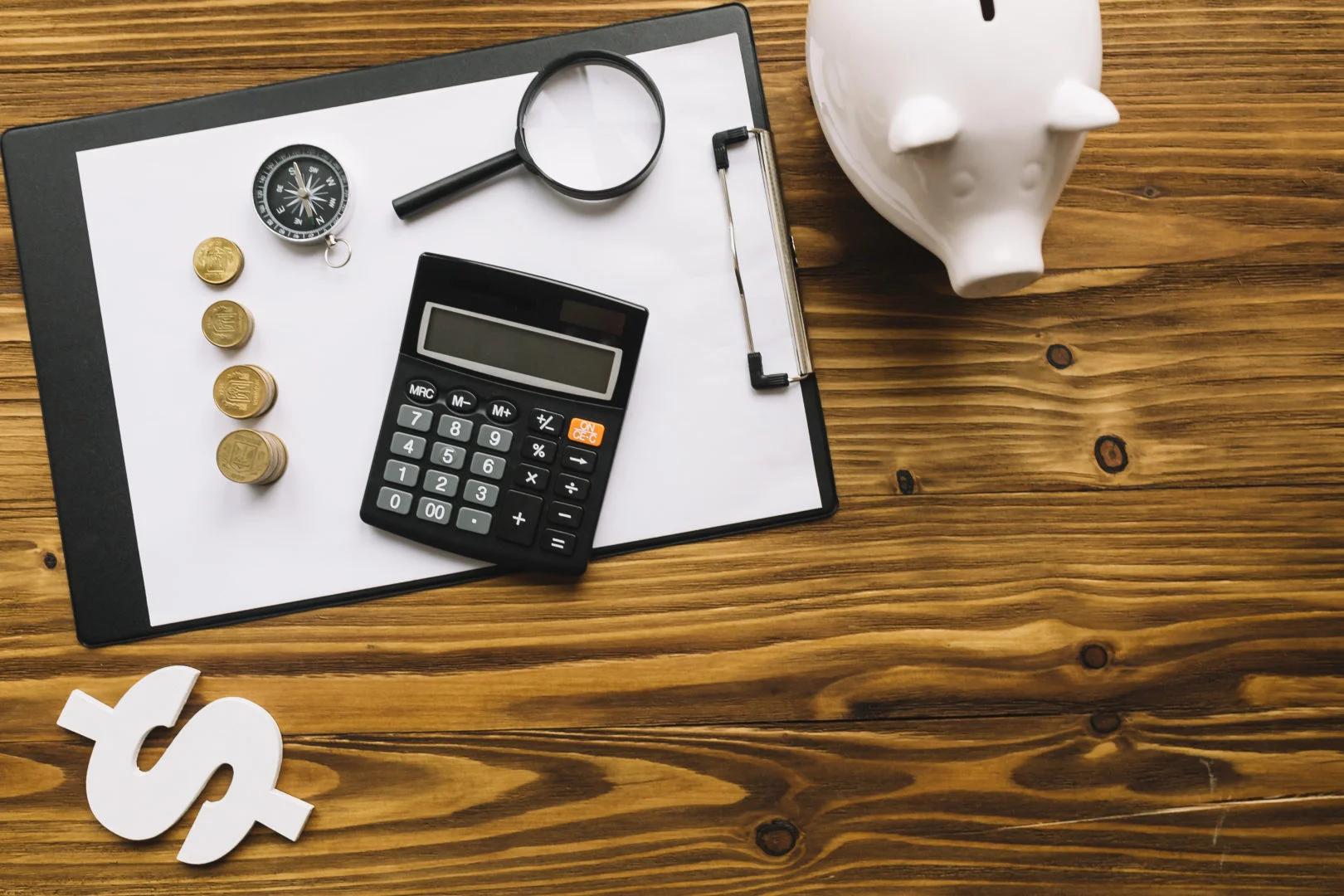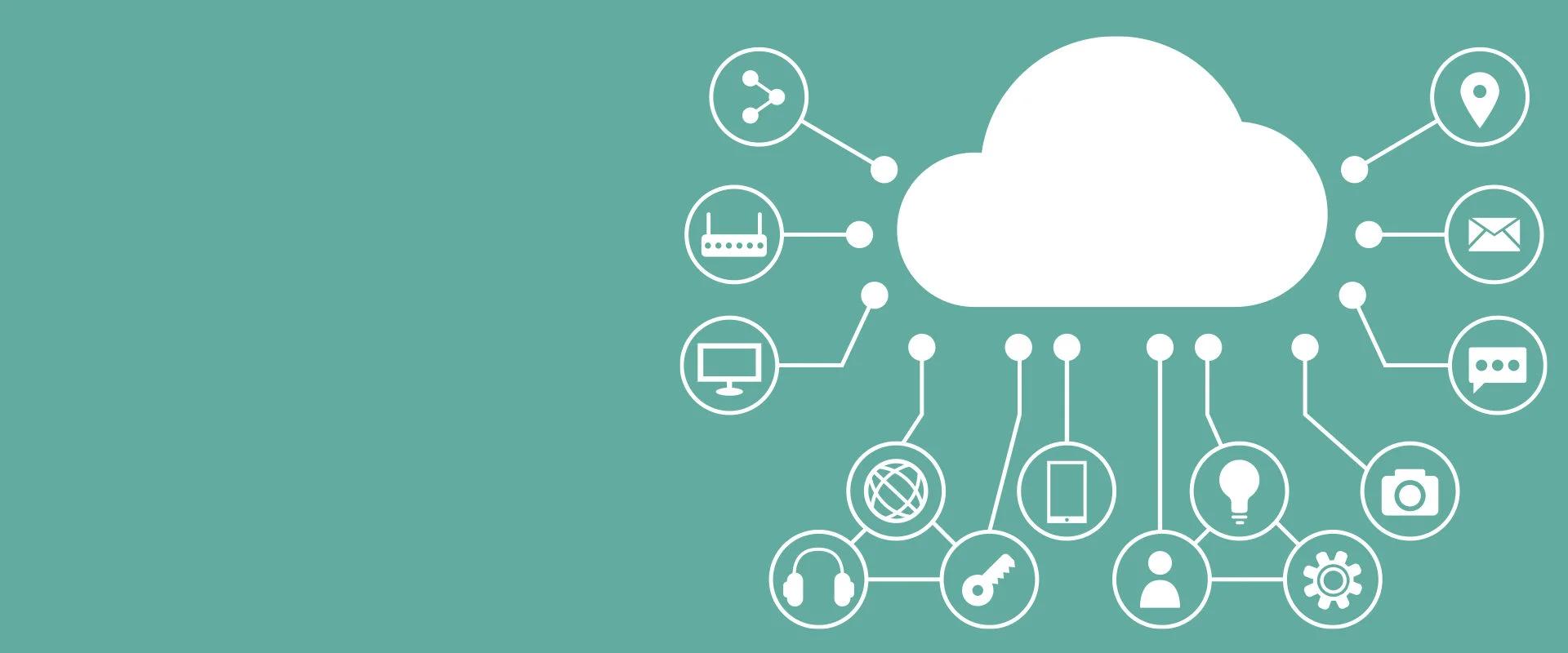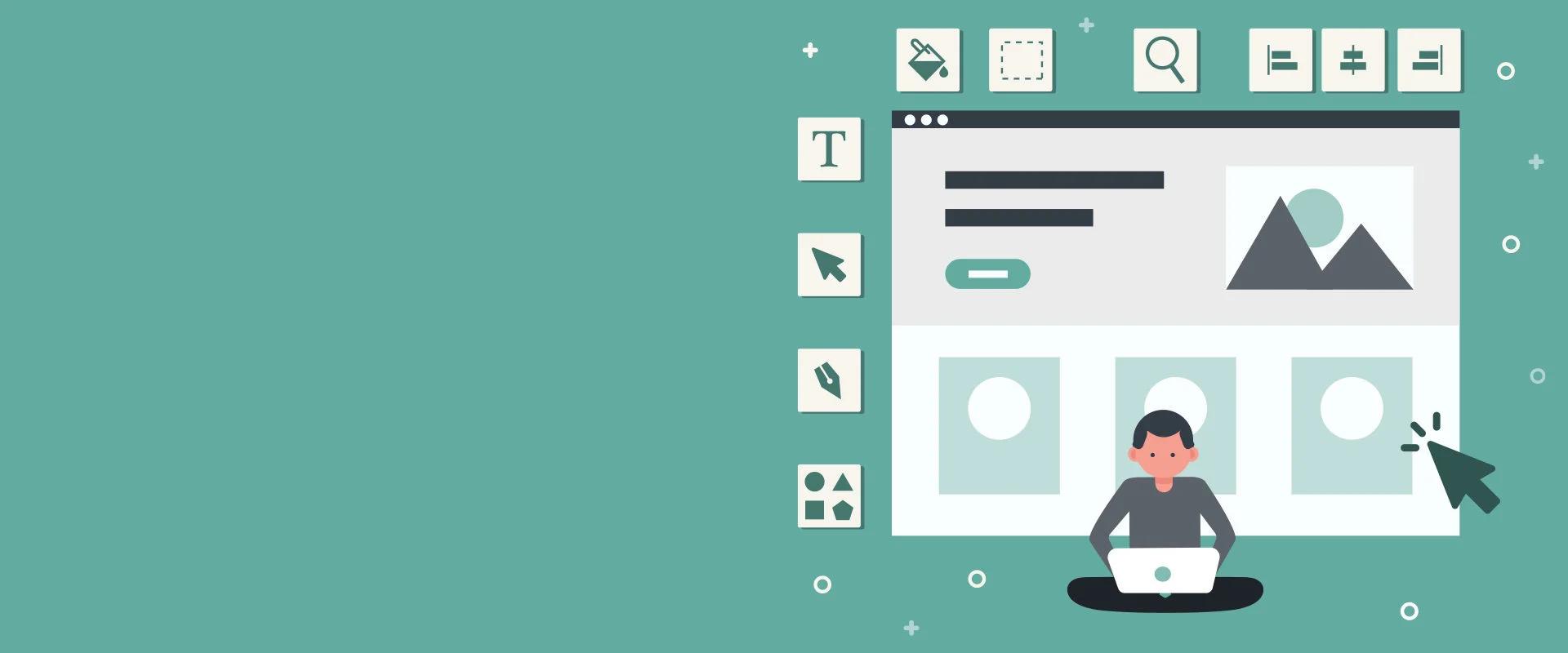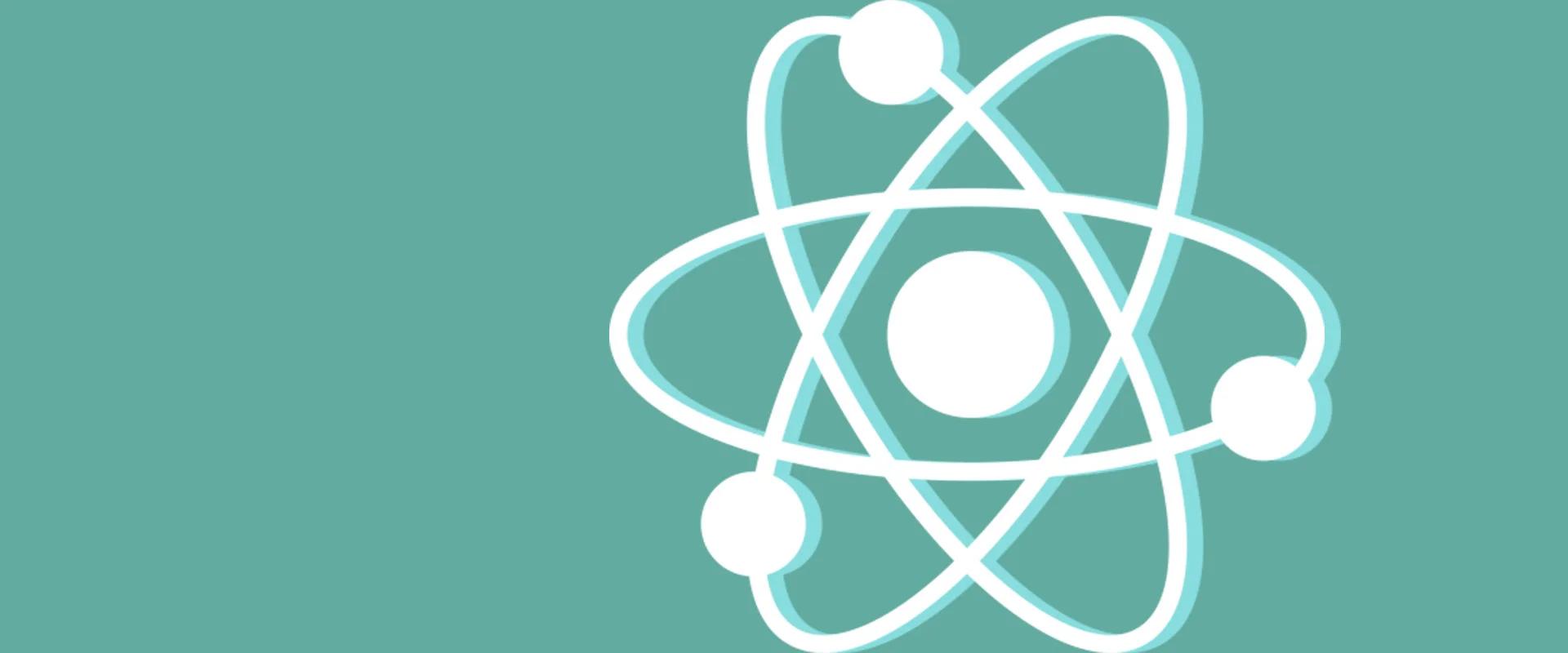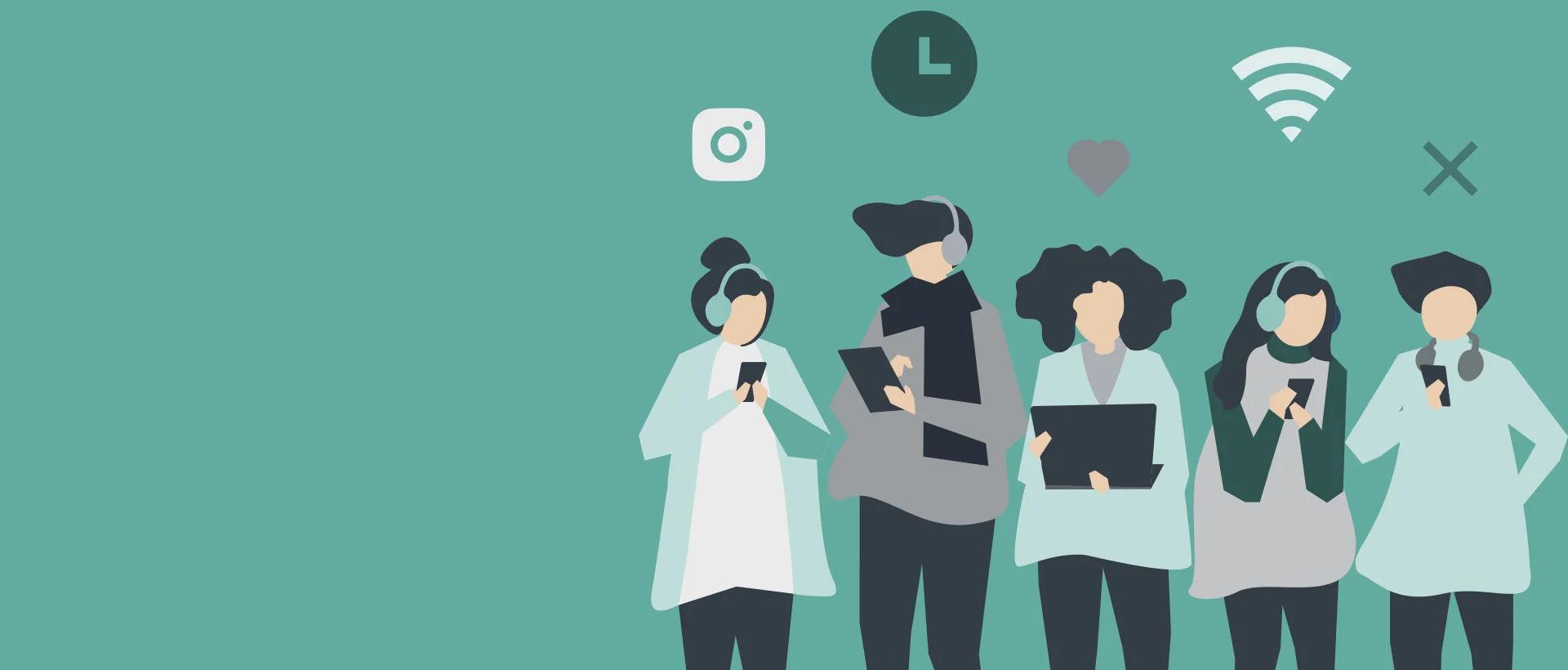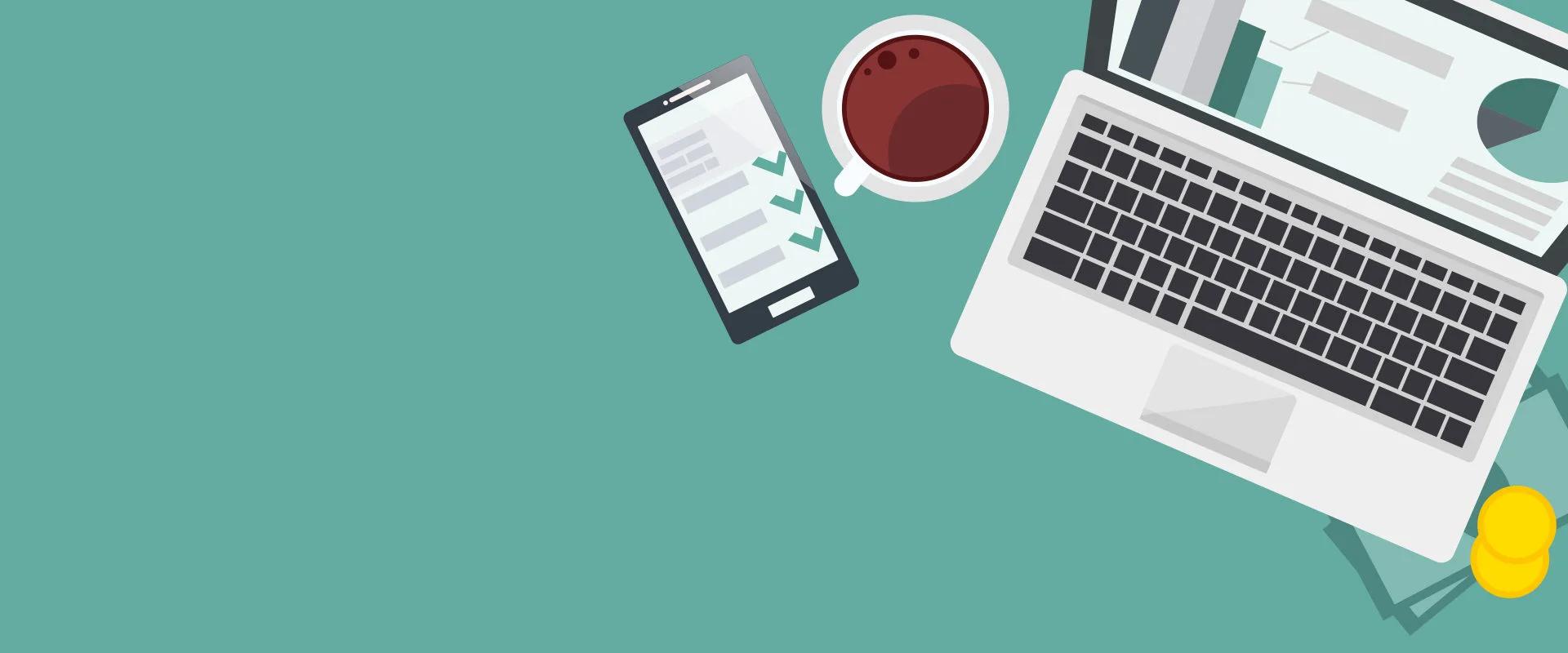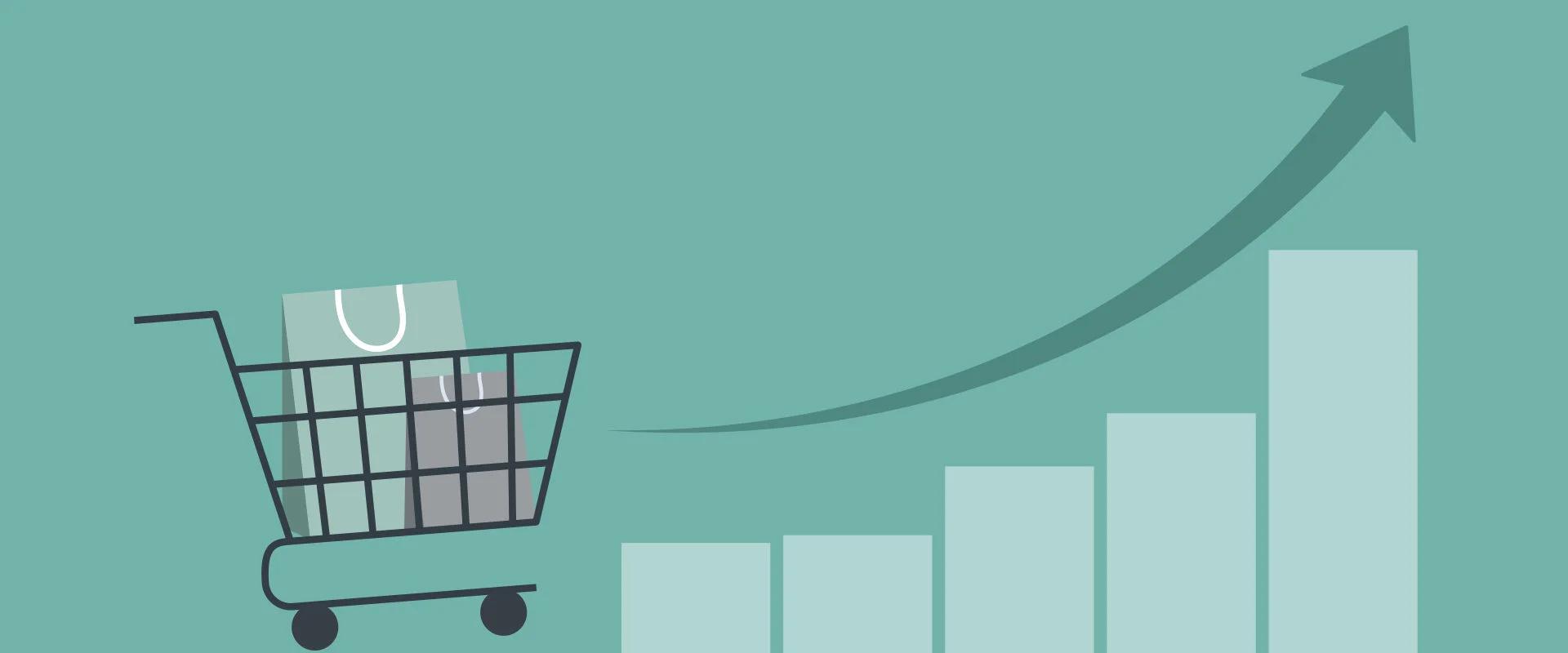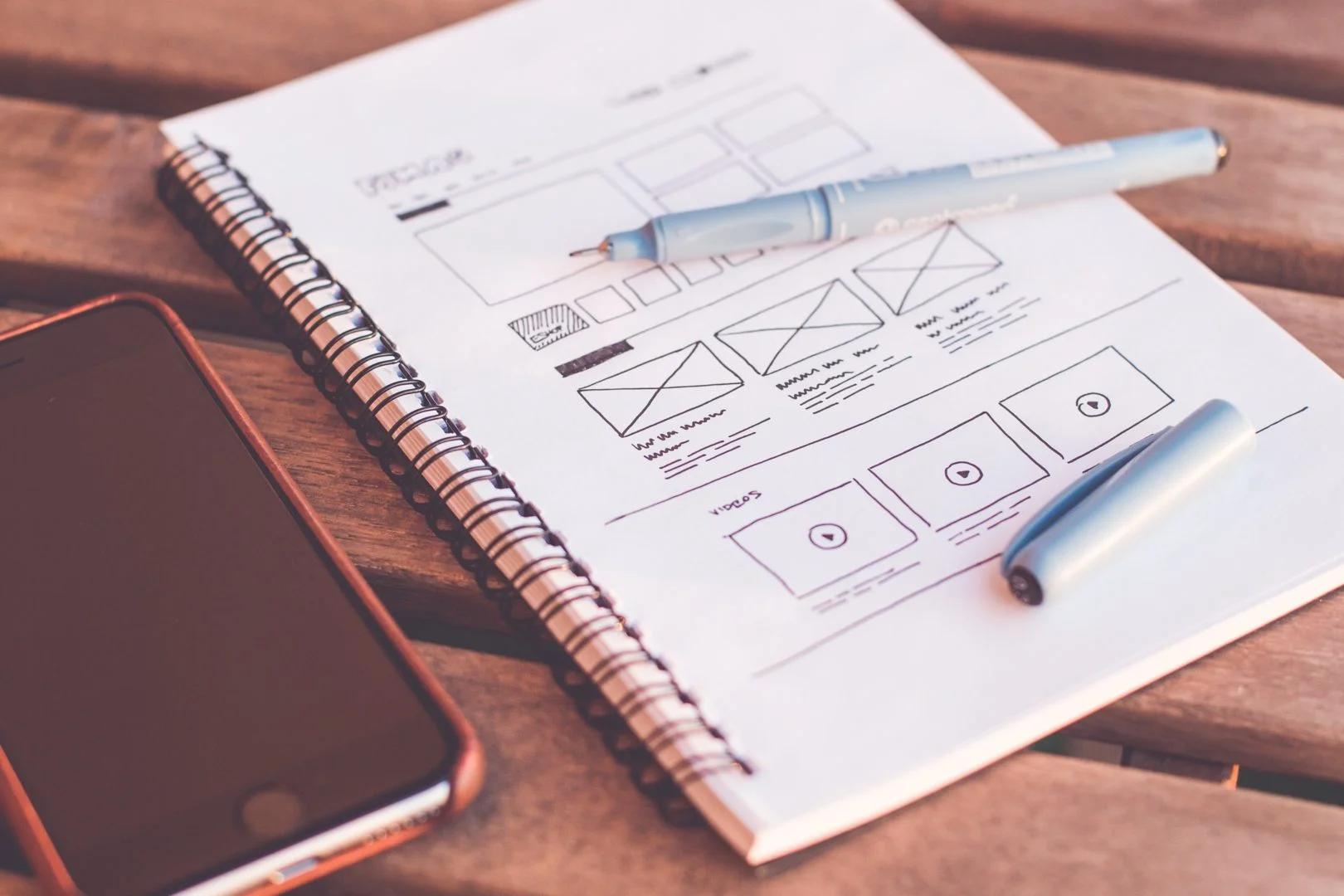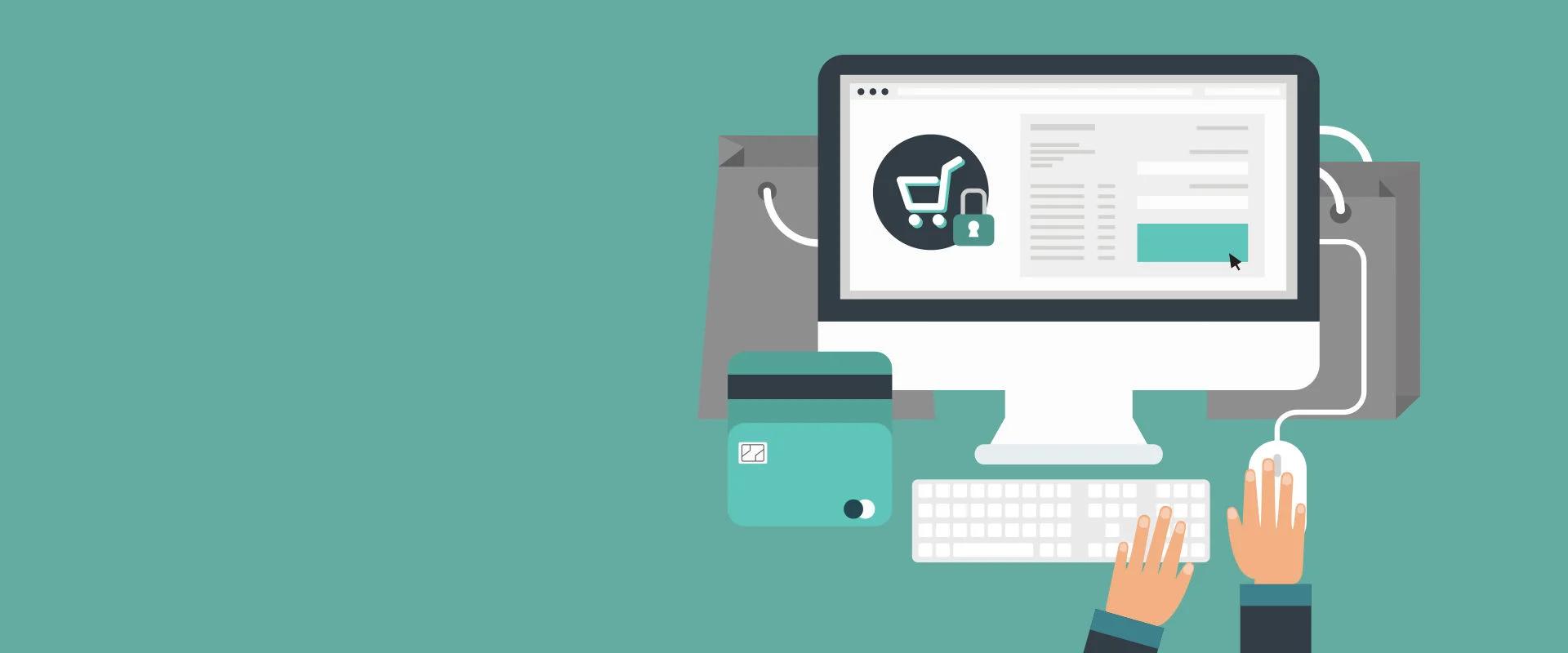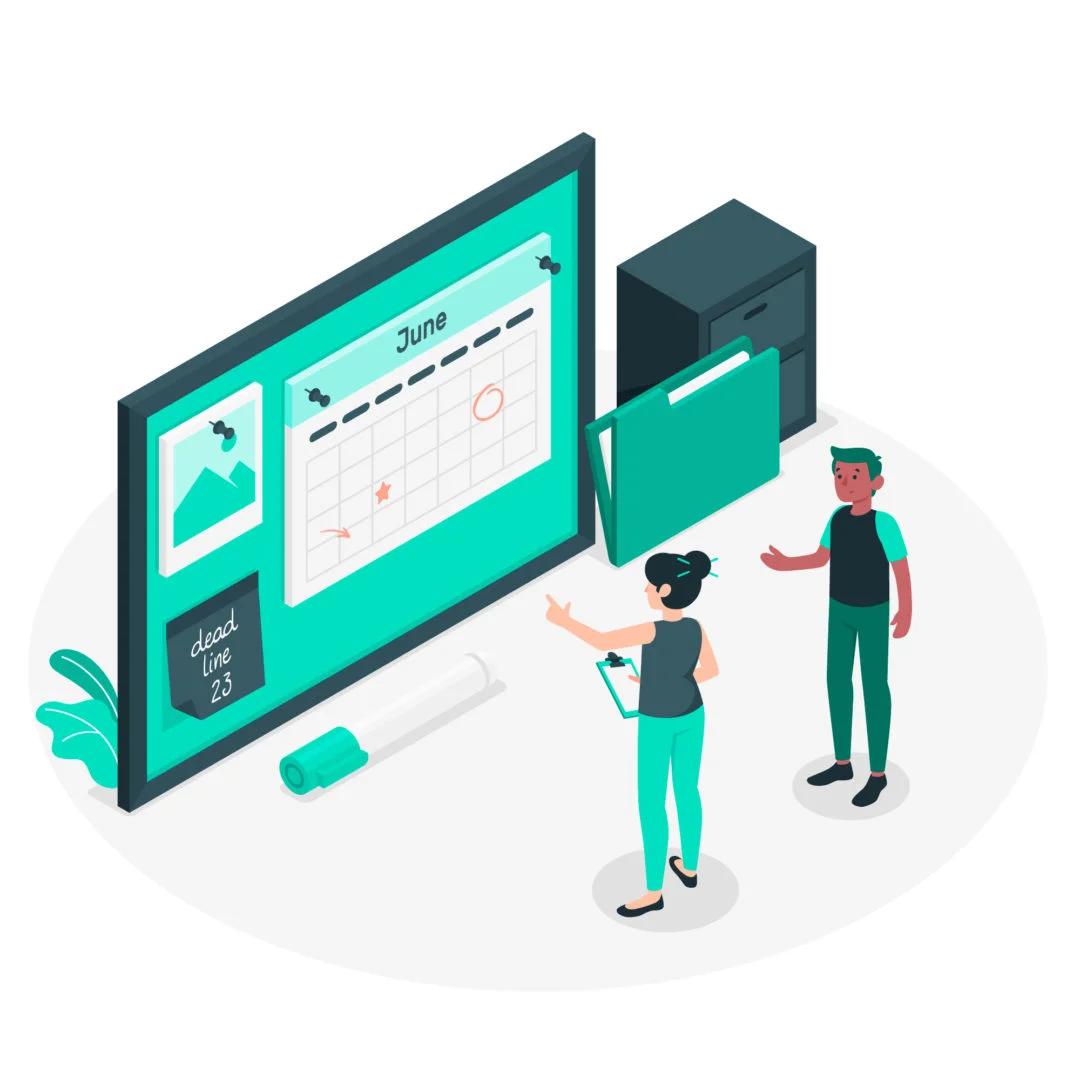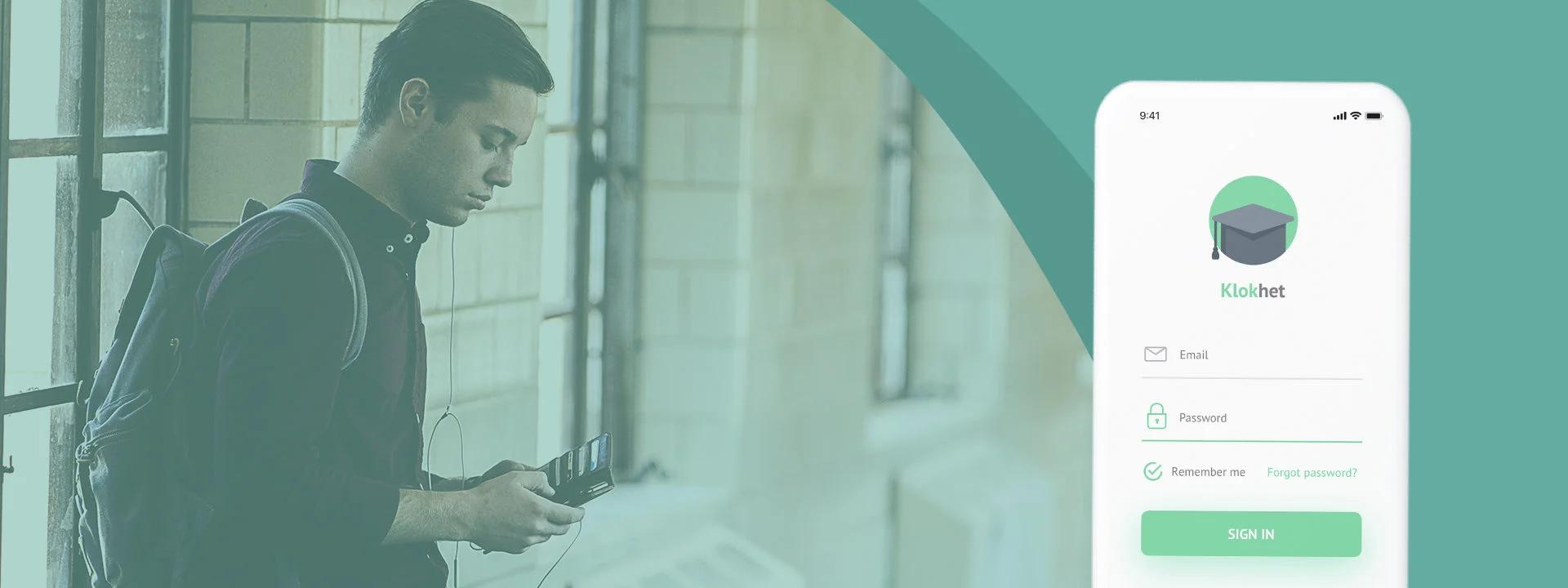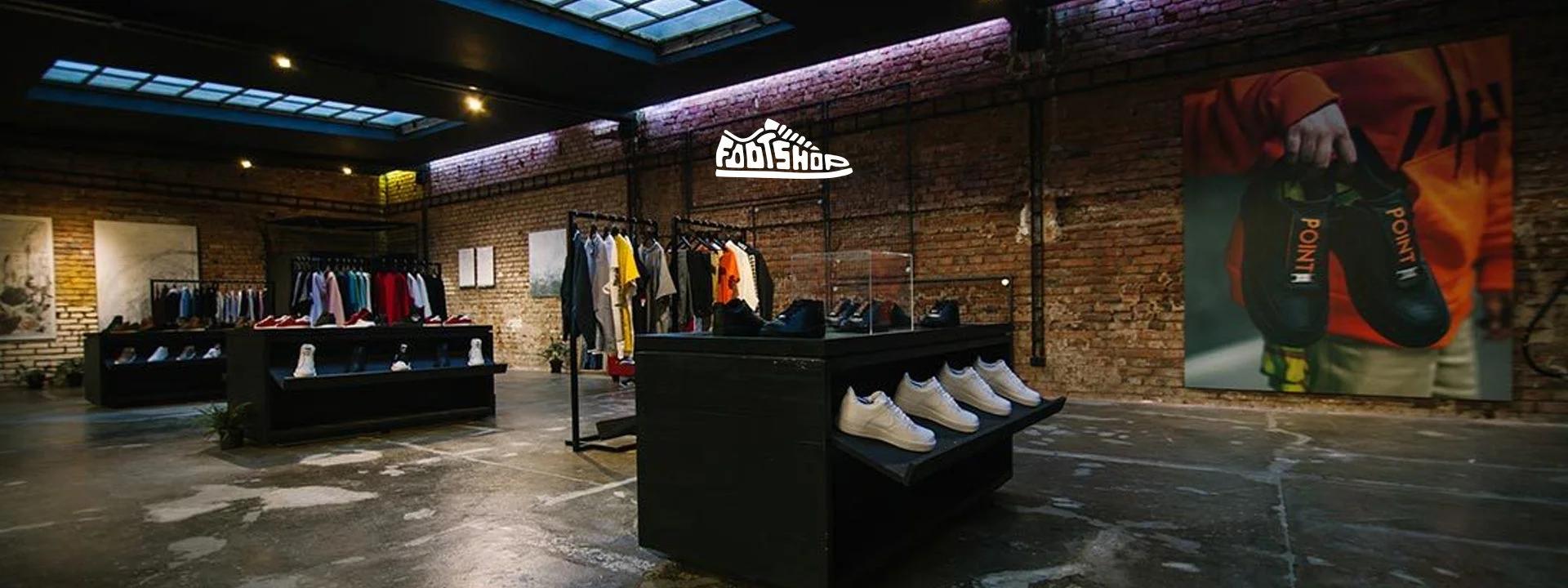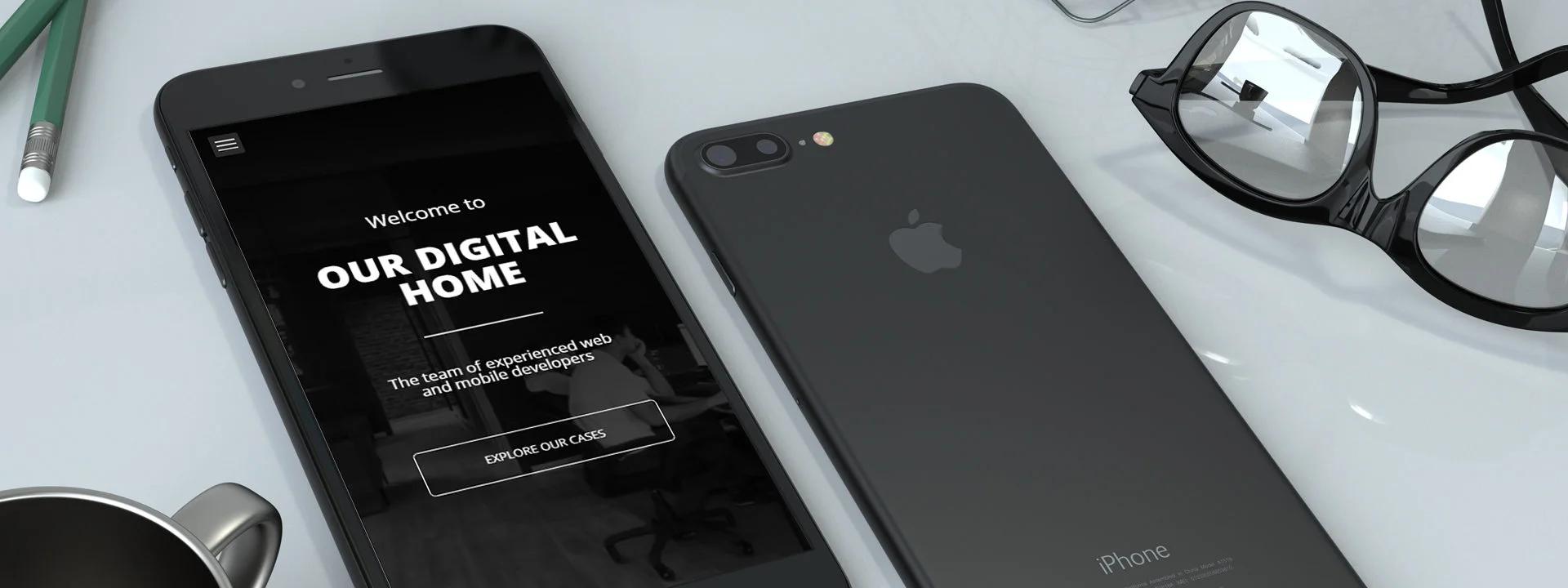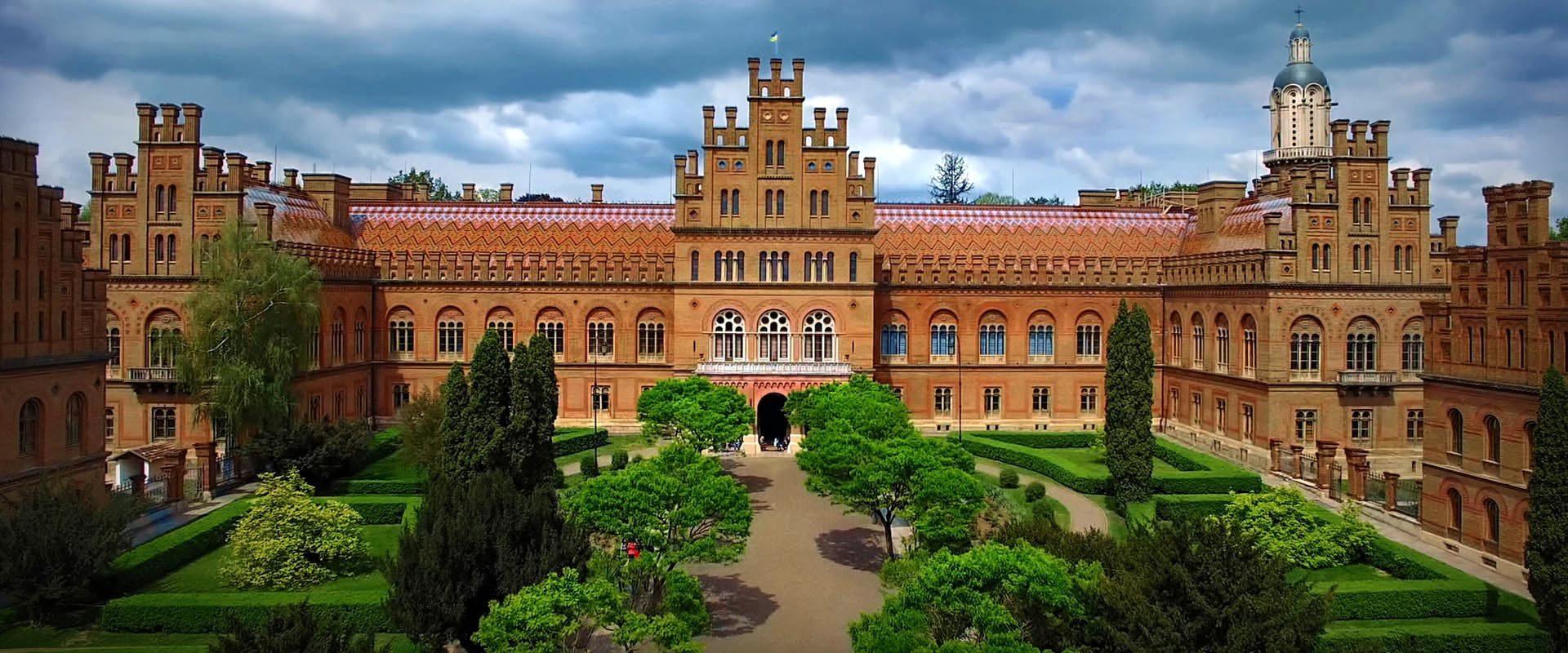Methodology structures work. Good structure is the frame you need if you want to build a successful development team. It helps to track processes and control results. The most popular approaches are Kanban, Scrum and Waterfall.
Kanban. This method creates balance in work and helps to avoid situations where some members toil nights and days and some – complain about having no tasks. Kanban divides work into stages ‘To do’, ‘In progress’ and ‘Done’. They are shown on boards. You can create them with Trello. Then Project Manager checks productivity. If the task was on board for too long, it is not productive.
Scrum. Scrum methodology includes Product Owner (interlocutor between the team and the client) and Scrum Master (divides project into sprints). Yes, this method consists of so-called sprints. They can last from 1 week to 1 month. Before coming at a sprint, you define requirements and aims to achieve. When it begins, clients cannot change the process. Only after the end PM analyses whether it was effective or not. If not, PM implements changes. It might be inconvenient for the clients because they can see the results only at the end of the work. However, the team gets more flexibility because there is less control from the client.
Waterfall. The main principle of it is providing clarity of all processes to clients. Products have to go through several stages. First, we confirm the requirements and make sure we understand what our clients want. Then we make plans, choose devs, give them tasks and proceed to draft. After it is ready, QA checks a product’s quality. Finally, we are ready to launch the website. SapientPro has implemented a Waterfall methodology to structure our work. Below is the structure of it.
You have chosen methodology. Have we finished? No. Because the next stage defines failures and wins.

